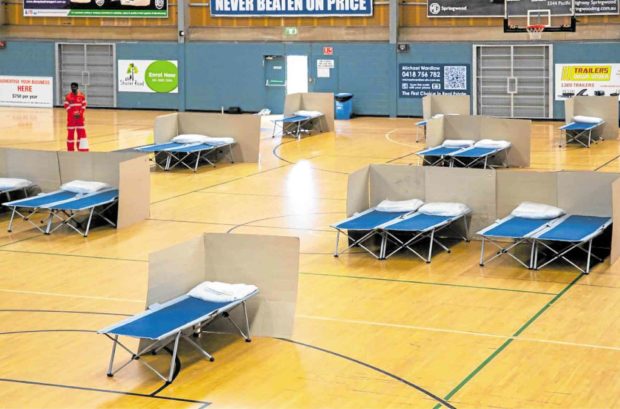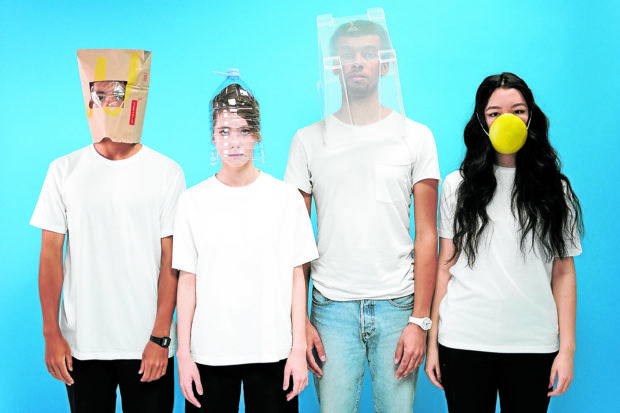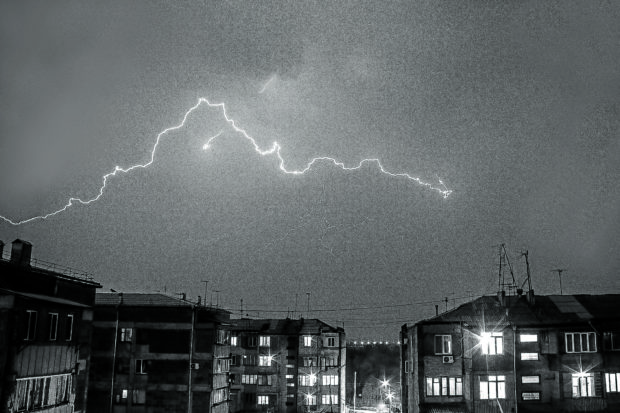Preventing virus spread in evacuation sites
As the world continues to fight the COVID-19 virus, Filipinos have to endure another hurdle during this time of the year—typhoons.
From Batanes to Sulu, many of our country’s islands are vulnerable to floods and landslides during the typhoon season. Given the challenge of having to maintain physical distancing and good hygiene during the pandemic, how can we ensure our safety and health in the worst kind of weather?
We are not alone in this kind of situation. Other countries like Australia, Japan and even the United States have to cope with the same set of challenges in the new normal. Let us take a look at how other nations handle the challenge of surviving while trying to minimize damages during disasters amid the COVID-19 pandemic.
Florida, USA
Sarasota County in Florida is no stranger to disaster. The area is occasionally hit by hurricanes especially during the months of August and September. Because tropical cyclones are often unpredictable, residents in the area usually evacuate at the first hint of a major storm.
Nowadays, however, the county has changed its tune when it comes to evacuation plans. The local government encourages residents to assess their current locations first prior to heading to an evacuation center. The latter should be considered as a last resort as, according to Sarasota County’s official website, “it is impossible to ensure a virus-free evacuation center.”
Those whose homes were built after 2002 are generally encouraged to stay in place as they comply with the latest Building Code in the area. Those who live in low-lying areas, coastal sites and mobile homes, however, are encouraged to seek shelter elsewhere, preferably with a friend, relative or neighbor.

In this photo issued by Red Cross Australia, cardboard barriers are used to separate users of an evacuation facility.
When it comes to the evacuation center, people are still required to practice social distancing and health measures. Adjacent beds are positioned in such a way that no two persons will face each other when lying down. As much as possible, 40 square feet (3.72 sqm) of floor area would be allotted per evacuee. Meals can only be consumed in areas where social distancing can be practiced.
Hyōgo Prefecture, Japan
A major economic center, Hyōgo Prefecture is one of the areas worst hit by COVID-19 in Japan. To prevent the outbreak of disease in the evacuation shelters, the local government has come up with a set of guidelines for municipalities to follow.
The guidelines require officials to determine shelter capacity: 3 sqm would be allotted per person, while privacy partitions should have a minimum height of 1.4 meters to prevent spread of droplets. A separate room or shelter is required for people exhibiting poor health.
Evacuees are directed to shelter based on their individual situations. People are encouraged to stay at home or at a relative’s house if the area is deemed to be safe. Disabled and elderly people have an evacuation center made exclusive for them, while those exhibiting COVID-19 symptoms are to be separated from the rest in a medical facility. Lastly, able-bodied citizens can stay in shelters designated to them by the government.
Prior to heading to evacuation centers, people are required to visit health checkpoints first. Temperature checks are carried out frequently. The centers have to be ventilated at least twice an hour for a few minutes at a time. Common areas and frequently touched surfaces are cleaned and sterilized. After the risk of danger has subsided, all evacuees are encouraged to go home.
Australia
The Red Cross in Australia has prepared probably one of the most comprehensive guidelines to prevent the spread of COVID-19 in evacuation centers.
Like Japan, the Land Down Under encourages its residents to follow a tiered approach when determining whether or not to head to an evacuation center. Residents affected by a calamity are strongly encouraged to consider the following options before using an evacuation shelter: sheltering in place, sheltering with family or friends or sheltering in a commercial facility (such as a hotel, holiday home, school or boarding house). This will help reduce the number of people in the evacuation area.

Social distancing and health protocols must be followed most especially in crowded places such as an evacuation center.
Persons belonging to different households should be 1.5 meters apart. An isolation area has to be setup inside the center to temporarily house citizens displaying COVID-19 symptoms. This area should provide adequate distance between its users and the rest of the evacuees. It must also have its own bathing facilities.
Lessons we can apply
It is a struggle to maintain social distancing and health protocols during times of danger. The examples mentioned, however, show that having a clear set of guidelines can help local officials enforce COVID-19 safety measures even in a crowded area such as an evacuation center.
For our part, it is best if we can find a friend or a relative we can run to in case disaster strikes. Heading to an evacuation center should definitely be our last resort as this move increases our chances of getting exposed to the virus.
If we find ourselves staying at an emergency shelter, we must take it upon ourselves to practice new normal safety measures. It is almost impossible to guarantee a COVID-free facility full of people so each and every one of us is responsible in ensuring our safety in shelters.
Sources: Scgov.net, Preventionweb.net, Disaster.qld.gov.au, Aro Yan and cottonbro via Pexels.com
